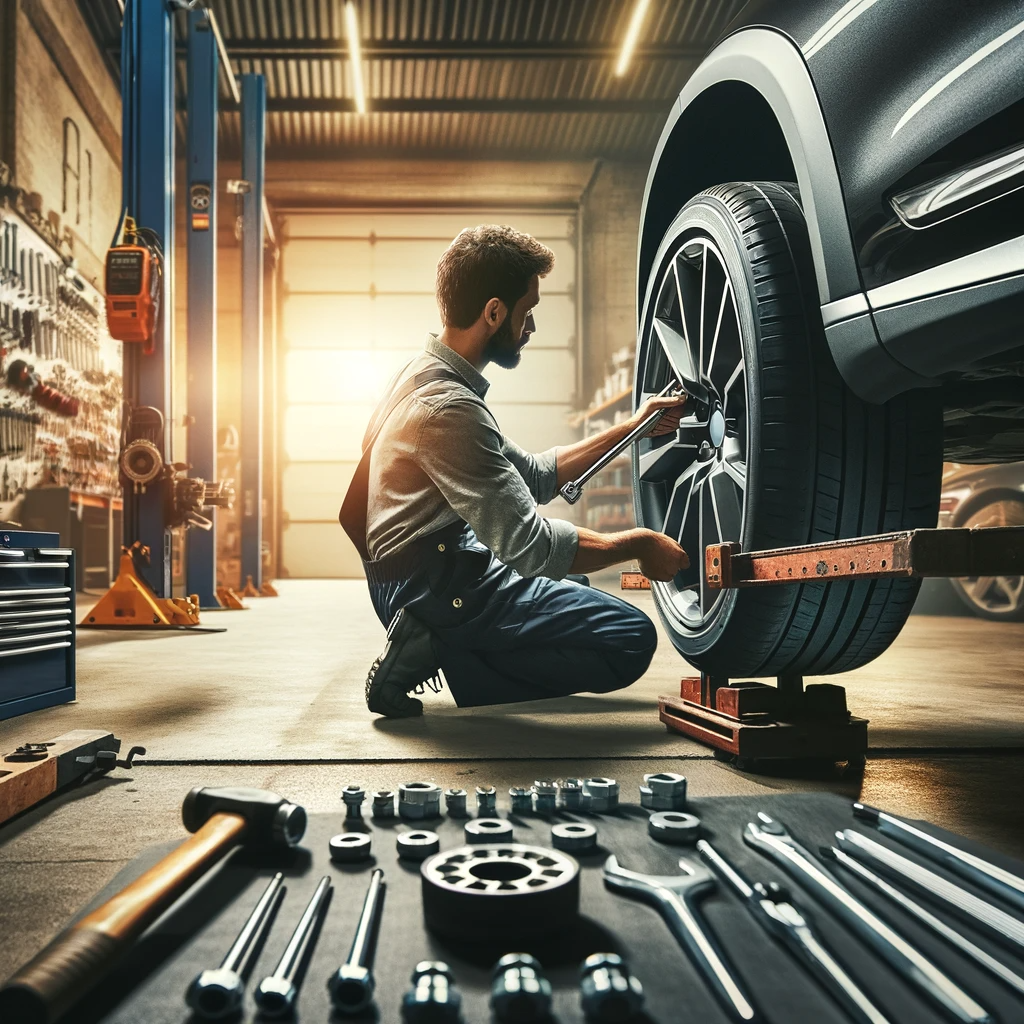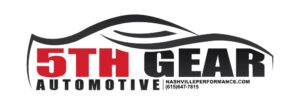The Impact of Tire Alignment on Vehicle Performance
Tire alignment, a crucial aspect of vehicle maintenance, significantly influences driving experience and vehicle longevity. Proper alignment ensures tires meet the road at the correct angle, the wheels are pointing straight, and the tires are centered in the wheel wells. This article delves into the impact of tire alignment and its various aspects of vehicle performance.
Understanding Tire Alignment
Tire alignment, an often overlooked aspect of car maintenance, plays a pivotal role in ensuring optimal vehicle performance. It’s not just about straightening wheels; it’s about adjusting the angles of the tires which affects how they make contact with the road.

Key Factors Influenced by Tire Alignment
1. Tire Wear
- Misalignment leads to uneven tire wear, reducing tire lifespan.
- Proper alignment ensures even wear, extending tire life.
2. Fuel Efficiency
- Poor alignment can increase rolling resistance, reducing fuel efficiency.
- Aligned tires decrease resistance, improving fuel economy.
3. Handling and Steering
- Misalignment may cause the car to pull to one side, affecting steering.
- Correct alignment provides smooth and predictable vehicle handling.
4. Safety
- Improper alignment can lead to handling difficulties, potentially causing accidents.
- Well-aligned tires improve road grip, enhancing safety.
5. Suspension Health
- Continuous driving with misaligned tires puts extra strain on suspension components.
- Regular alignment checks help maintain suspension system health.
Real-Life Example: The Impact on Everyday Driving

Consider a scenario where a car’s tires are not aligned correctly. The driver may experience difficulty in steering, increased tire wear, and even a decrease in fuel efficiency. In contrast, a vehicle with properly aligned tires offers a smoother ride, better fuel economy, and reduced tire wear.
How Often Should You Check Tire Alignment?
- After a Significant Impact: Such as hitting a pothole or curb.
- With Seasonal Tire Changes: Ideal time to check and adjust if necessary.
- As Recommended by Manufacturer: Usually every two years or specific mileage.
Related Maintenance Tips

- Regular Tire Rotation: Enhances even tire wear. See Tire Rotation Benefits.
- Checking Tire Pressure: Crucial for tire longevity. The Impact of Tire Pressure.
| Aspect of Vehicle Performance | Impact of Proper Alignment | Impact of Poor Alignment |
|---|---|---|
| Tire Wear | Even tire wear, extending tire life | Uneven tire wear, reducing tire lifespan |
| Fuel Efficiency | Improved fuel economy due to decreased rolling resistance | Decreased fuel efficiency due to increased rolling resistance |
| Handling and Steering | Smooth and predictable handling | Vehicle may pull to one side, affecting steering |
| Safety | Improved road grip, enhancing safety | Handling difficulties, potentially causing accidents |
| Suspension Health | Maintains suspension system health | Extra strain on suspension components |
Impact of tire alignment: The Necessity of Proper Tire Alignment
Proper tire alignment is essential for maintaining vehicle performance, safety, and longevity. Regular checks and adjustments can lead to significant improvements in driving experience and reduce long-term maintenance costs.



